
Color Guard
I still can’t get used to Memorial Day (originally ‘Decoration Day’) being observed on the 4th Monday of May—just to give Americans a 3-day weekend. I ignore the red, white and blue advertising supplements in the Sunday newspaper encouraging readers to go out and shop. But I do observe some traditions.
In my New England community, some of the observance begins during the week before. Groups of students, provided with a list from the local veterans organization, fan out to place American flags by the gravestones of veterans in all the cemeteries. On Boston Common, a local group has placed an American flag for each Massachusetts person who died in service from the Civil War to today—a visual reminder of the reality of war—33,000.
I sometimes meet people in the nearby cemetery where my parents, grand-parents, etc. are buried—we have a common task: down on our hands and knees scooping out soil and planting flowers. When growing up, my parents took my siblings and me to the cemeteries on both sides of the family, one located an hour away. The back of the station wagon held a cardboard box with trowels, fertilizer and a flat or plastic pots of geraniums—red ones, always red ones. We’d pack a picnic lunch and my parents would tell us once again about who was buried there.
It was raining a few days ago when I visited the local cemetery and the fresh flags were already placed in our family’s plot: for my father (Navy), grandfather (Army), and my great-grandfather (a Colonel in the Spanish-American War). Geraniums were already in place, too. Bright colors on a cold, dreary day.

Flags on Boston Common
Today the sun came out and it was a perfect morning for a parade. Led by a police cruiser, a color guard came first, followed by the members of the police, the mayor and city council members, veterans of all ages, several scout troops and ending with a fire engine. I noticed there was only one convertible this year with veterans too old to walk in the parade.
I remember as a child looking for my father marching among the sea of hats of veterans from all branches of the service even years after WWII was over. There are a few from that war, but most of the 20 or veterans who marched today served in Vietnam, Iran and Afghanistan. As expected, both sides of the street were lined with townspeople of all ages. Children seemed to be everywhere and excitedly waving little flags.
Now that our stadium has been repaired, the commemoration is held there rather than in front of the WWI doughboy statue. With a place to sit down, there are more families attending—no one seems to mind that the ceremony is longer, too.

Veterans marching in parade
The order remains pretty much the same: opening prayer, the National Anthem played by the high school band, introductions of dignitaries, and a speech and closing prayer.

Local ceremony
With the 150th anniversary this year of the Gettsyburg address, the speaker was to have been a local man who works for the National Park Service and had been assigned to Gettsyburg and other national cemeteries. Because of budget cuts, he wasn’t able to travel back to his hometown, so six high school students were chosen to read sections of his oration.
The author of the speech had certainly done his research—he made reference to specific people in our town and where and how each had served in the Civil War and especially those at Gettysburg. It was more memorable than speeches in the past.
When the band played the anthem of each branch of the armed services, veterans stood up when his/her service music was played. My husband was one of two who stood when the Air Force was recognized. The ceremony closed with the words of the Gettsyburg address. I found myself whispering the familiar words my English teacher in high school gave my class to learn “by heart” —
Four score and seven years ago our fathers brought forth on this continent a new nation, conceived in liberty, and dedicated to the proposition that all men are created equal.
Now we are engaged in a great civil war, testing whether that nation, or any nation so conceived and so dedicated, can long endure. We are met on a great battlefield of that war. We have come to dedicate a portion of that field, as a final resting place for those who here gave their lives that that nation might live. It is altogether fitting and proper that we should do this.
But, in a larger sense, we can not dedicate, we can not consecrate, we can not hallow this ground. The brave men, living and dead, who struggled here, have consecrated it, far above our poor power to add or detract. The world will little note, nor long remember what we say here, but it can never forget what they did here. It is for us the living, rather, to be dedicated here to the unfinished work which they who fought here have thus far so nobly advanced. It is rather for us to be here dedicated to the great task remaining before us—that from these honored dead we take increased devotion to that cause for which they gave the last full measure of devotion—that we here highly resolve that these dead shall not have died in vain—that this nation, under God, shall have a new birth of freedom—and that government of the people, by the people, for the people, shall not perish from the earth.





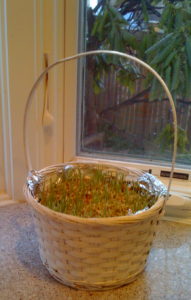



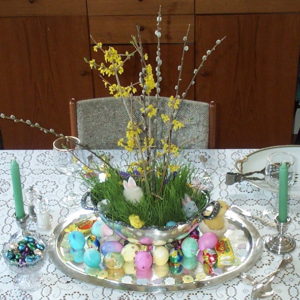
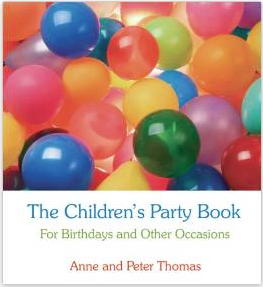
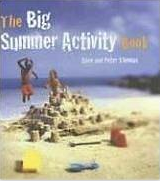














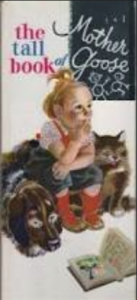
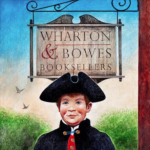
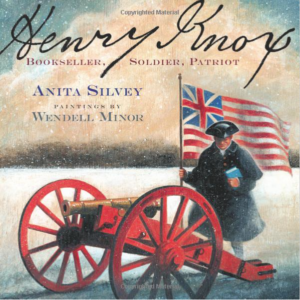
New book review from ‘Waldorf Today’- David Kennedy